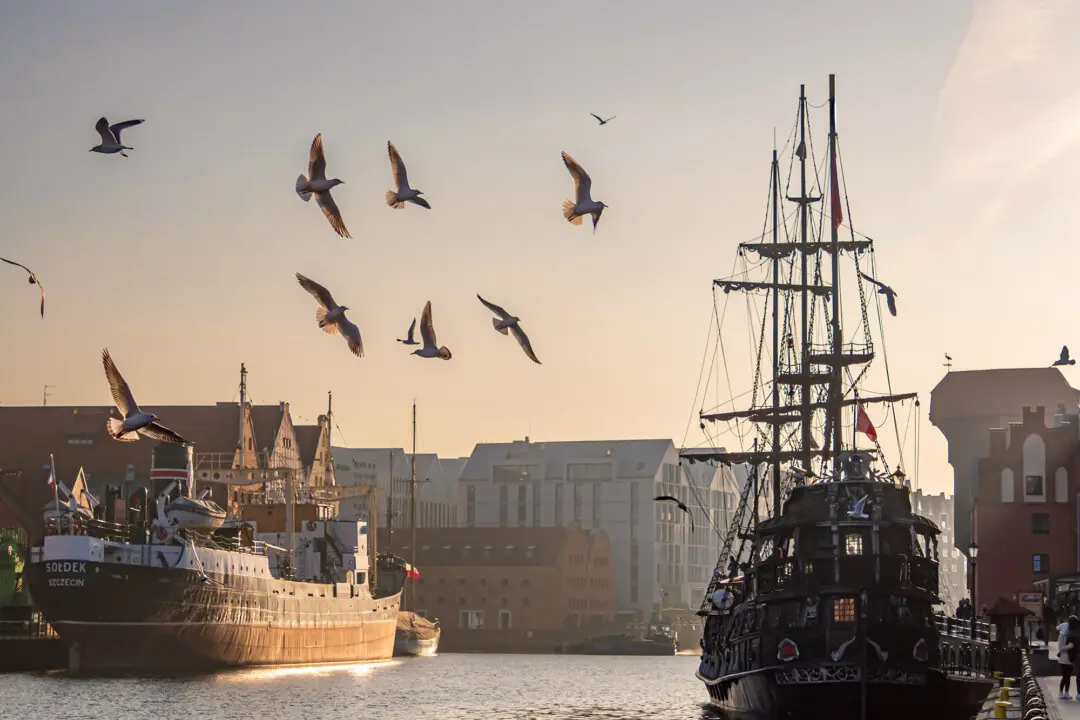I was chasing the sunset. Having landed at OR Tambo and climbed into the back of a cab, we promptly got caught in traffic. As we inched forward along one of this city’s many freeways, I kept my eyes on the horizon. Late afternoon sun, fading to amber. That tall spire was my goal, but I wasn’t getting much closer.
The driver used some creative routing. Dropping down from the elevated, car-choked thoroughfare, he wound along surface streets, zooming through yellow lights, taking this challenge of mine as his own. And by some miracle, we made it. Met by a friend at reception, we rode the elevator to the top of the continent. Reaching the tallest bar in the country, atop the highest building in sub-Saharan Africa, we grabbed a couple flutes of champagne. My friend pointed down. “Look at that helicopter; it’s below us!” she exclaimed.





